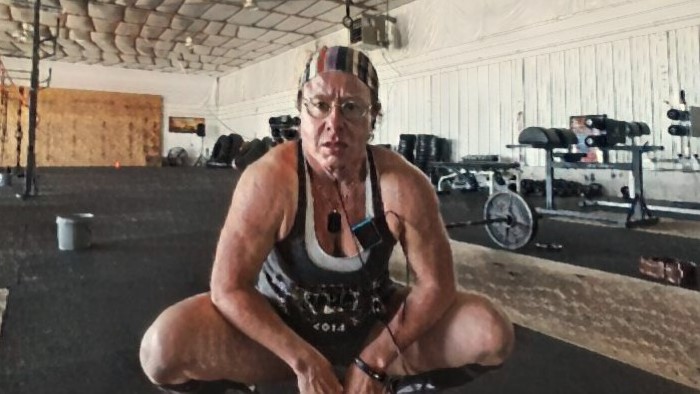
This was asked by a group of young coaches and I’ll try to share some short reminders before I go into one of those long, technical articles.
Along the weeks I’ll try to cover these items and whatever else is suggested by readers:
- You are not there (down-side)
- You rarely, if ever, can give real-time input to your athlete (down-side)
- Most of the time you don’t know the person (can be un up-side)
- You have to develop tools to extract the most important information about the person before even replying to their email (can be an up-side)
- You are not there (again) and you have to organize a feedback routine for your athlete. Few are disciplined enough to adhere (down-side)
- Your programming is your strong point. The only reason to hire a coach that is not there, can’t give the athlete real-time feedback, can’t demonstrate movements in real-time is that this coach is so good, experienced and creative in devising individualized plans that it is worth hiring them (your real up-side)
- You need to be good and creative at giving video feedback (down-side)
You are not there (it’s “online”, not “on ground”) – so what changes?
Everything that depends on accurate visualization (downside)
Being an online thesis advisor is a piece of cake. Most of the actions involved in being a good adviser involve reading, giving written feedback and a bit of verbal brainstorming that can be done over any video-conferencing platform.
Movement, not so much. Is it possible to accurately analyze an athlete’s movement through video? Not even close to what an on-ground coach can by directly looking at the movement as it is executed. There are sophisticated video options (used in movement analysis software) to accurately analyze movement but that is not what the online coach can use in their athlete’s training. If an athlete’s movement was captured by video for accurate analyzes during all their training time, that would be the most expensive training an athlete would to in the history of athletic training. Not to mention time consuming. It certainly happens in research and in highly well-paid professional teams.
An online coach is frequently limited to a few bad videos a week, if they are lucky. They will treasure those blurred images and learn from them.
Most of the time, the athlete depends on improvised video conditions or someone who is not a trained video-maker to record their movement.
Real-time communication (downside)
Unless you skype at each and every training session, which would be insane, and even then not even close to on-ground communication, it is mostly non-synchronous communication: the athlete will give you feedback (in video, verbal, written, bloodwork or telepathic form), you will think about it, fill in the blanks that not being there create and communicate back. Any way you look at it, this is a communication system where there will inevitably be more noise in the signal between emission and reception of the message than if it were face-to-face with a few exceptions (thorough analysis, which is frequently better done in written form).
More later! Please leave whatever questions you have about the subject.








